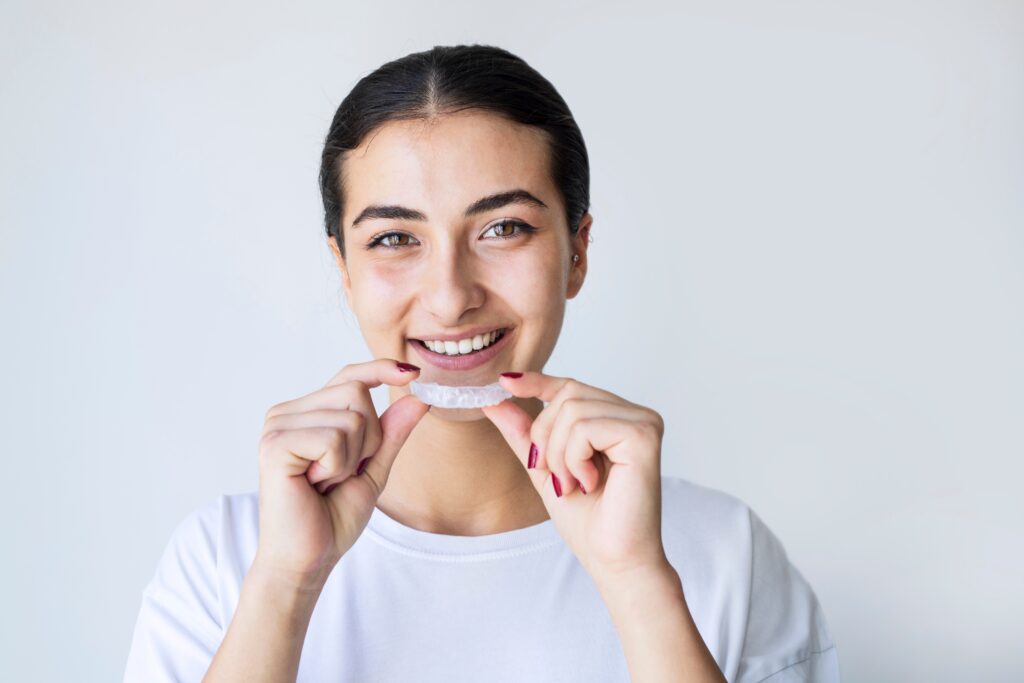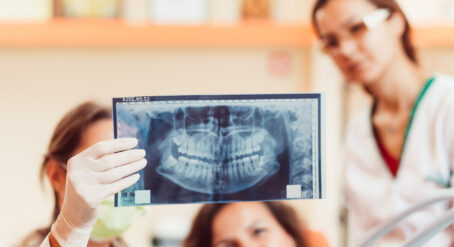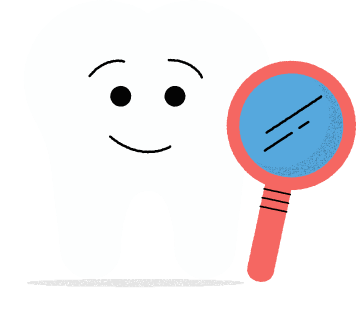You lived with braces for months, but every extra minute spent threading floss between the wires was worth it to be able to stride about with some nice, straight teeth.
But suddenly, disaster strikes. Or at least, that’s what it might feel like. For some reason, your teeth can’t seem to stay still. For some people, seeing any tooth movement after braces can be a cause for panic but we’re here to help you understand why this happens and most importantly, what you can do.
What causes teeth to move?
Not only is it possible for your teeth to shift over time – it’s inevitable. As a rule, your teeth are always moving forward towards the front and centre of your mouth, in a process known as “mesial drift”. You might think that braces have given you a permanent new smile, but just like your orthodontist was able to gently guide them into their new position, they can continue to shift over time.
But this shift is usually so incremental that you don’t see it happening day by day. Whenever we talk, laugh, smile, sneeze, cough or chew, we cause the muscles of our face and mouth to move, and so add a tiny amount of pressure to our (teeth and) bones which can cause them to move.

Yes. Teeth are attached to your jawbones with tiny, little ligaments (called periodontal ligaments) made out of elastic-type fibres. By exerting a subtle yet steady pressure over the course of months, braces move your teeth from their “natural” positions to new positions. These ligaments are what make orthodontic treatment possible. However, they do have an “elastic memory” too!
This is one possible reason why our teeth can start to “spring back” following orthodontic treatment.
There is no “standard” amount of shifting. Most of the time, it’s pretty minimal: the ligaments and fibres just need to “settle down” into their new positions. But other times, movement can be pronounced. The process is unpredictable and can vary widely between individuals.
How do you know if your teeth have moved?
Beyond the obviously visible signs that your teeth are becoming crooked, evidence that your teeth are moving after braces can include:
- An tight or ill-fitting retainer. Your orthodontist will custom-make your retainer to fit your well-aligned teeth perfectly. So, if your retainer feels tight or no longer fits, this is a sure sign your teeth have shifted. Unfortunately, this is usually due to inadequate wear of your retainer.
- Gaps in your teeth. This is a common and easy-to-spot sign that your teeth are shifting. Gaps may also be a sign of developing periodontal (gum) problems.
- Gum bleeding. May be a sign of periodontal (gum) problems, which often greatly increase the likelihood of teeth shifting.

How to slow my teeth from moving after braces?
This is where your retainer comes in. A retainer is an orthodontic device designed to hold your beautifully aligned teeth in position. It is incredibly important that you wear your retainer exactly as your orthodontist prescribes – which is generally 24 hours a day (excluding when eating and brushing) to begin with, and overnight thereafter. Your orthodontist will advise you how often (e.g. how many nights per week) you need to wear your retainer, depending on when you finished your treatment.
If you’re athletic, we also recommend that you wear a custom-fitted mouthguard to safeguard your newly straightened teeth during contact sports. Going without a mouthguard can put you at risk of damage and tooth loss if contact is made.

What should I do if my teeth are moving after braces?
To avoid going back to braces, it is vital that you wear your retainer as often as your orthodontist prescribed. Prevention is always key!
If you have noticed any changes to your teeth, or if your retainer no longer fits or is uncomfortable you should see your orthodontist immediately to make an assessment and decide whether a new retainer should be made.
It’s always worth regularly seeing a dentist to check on the health of your teeth and gums.
Brushing and flossing regularly will prevent food and bacteria from building up, and therefore avoid issues such as gum disease that can cause teeth shifting significantly.










